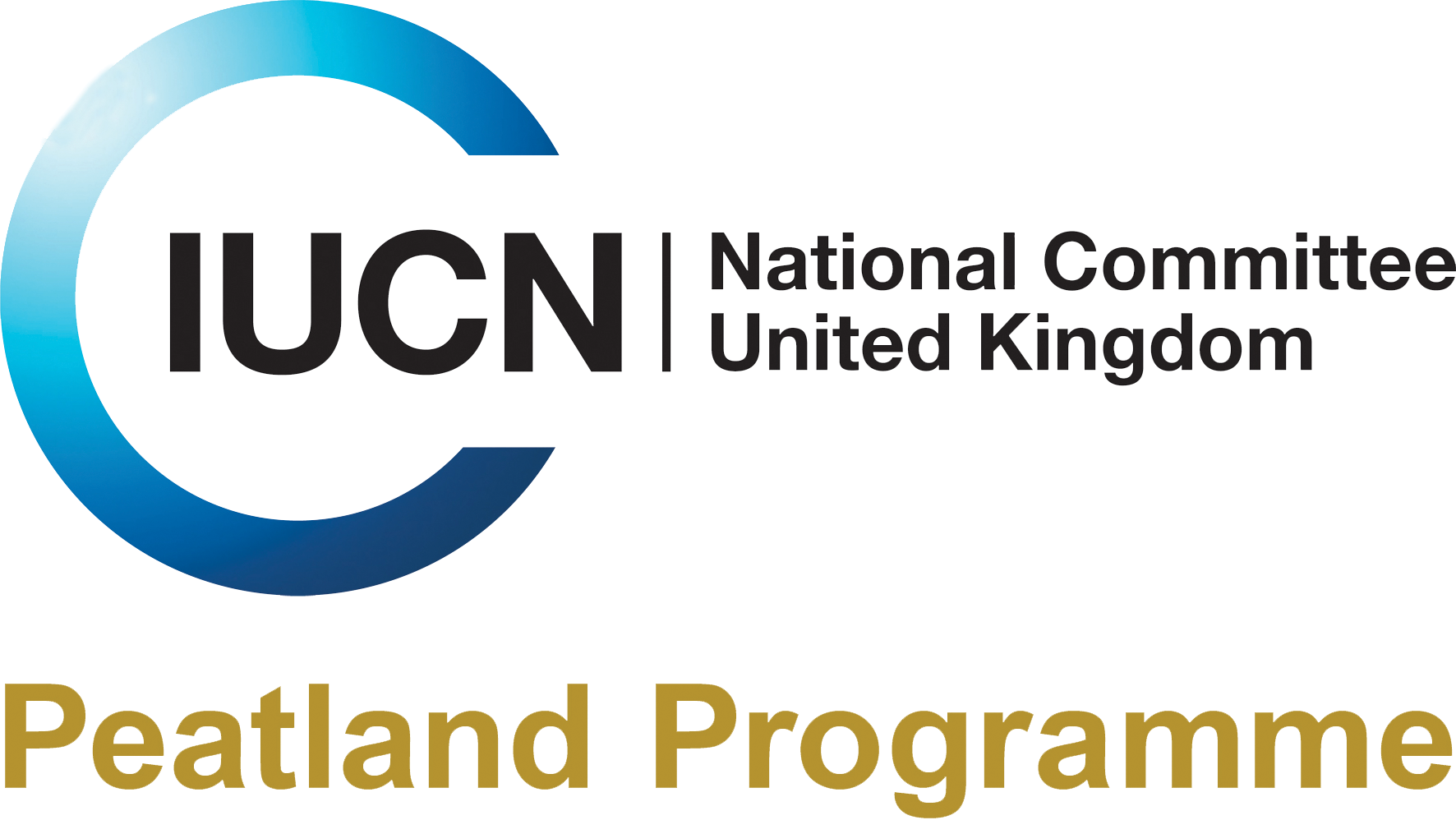We need you! Help inform our latest briefing on remote sensing of peatlands
If you are involved in remote sensing of peatlands, please complete our questionnaire to help us understand your data needs and inform our latest briefing before Wednesday 6 December 2023.
